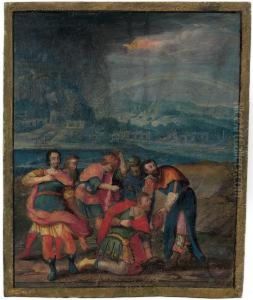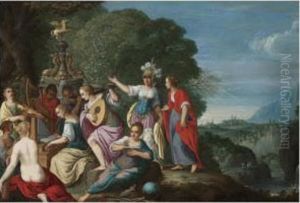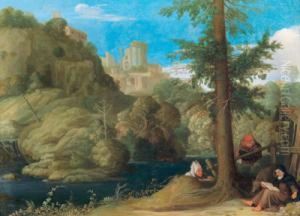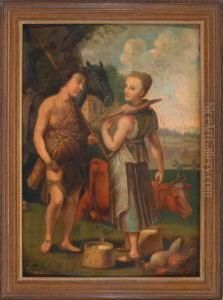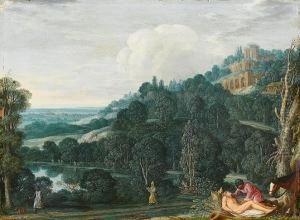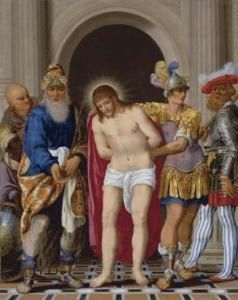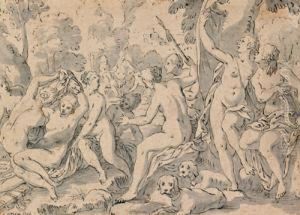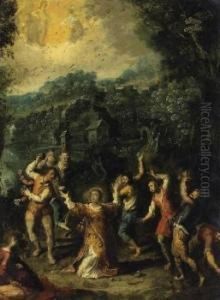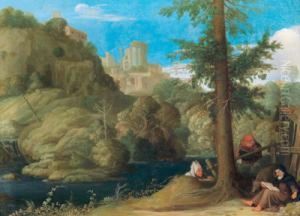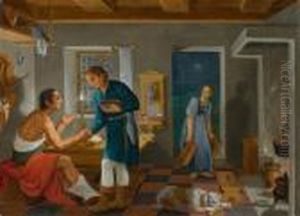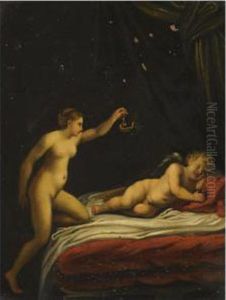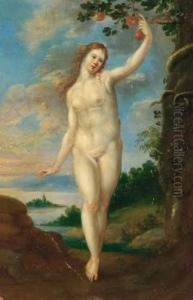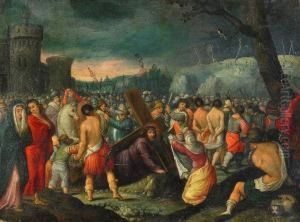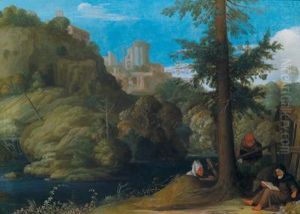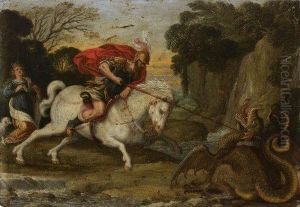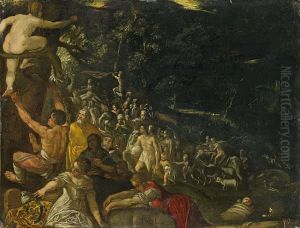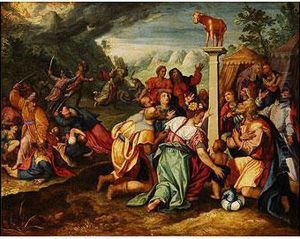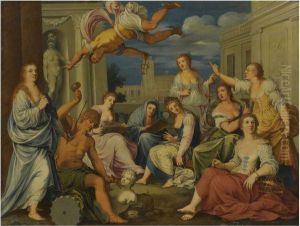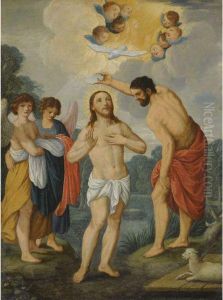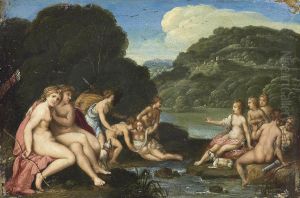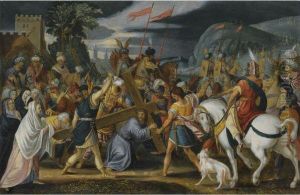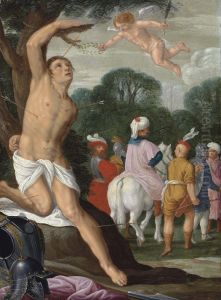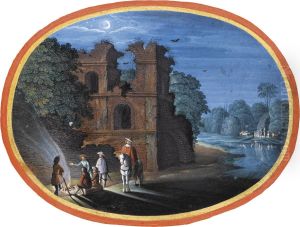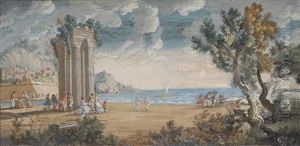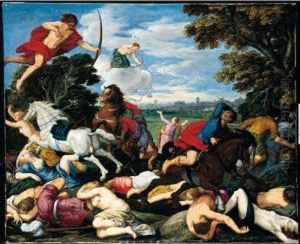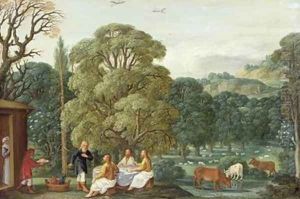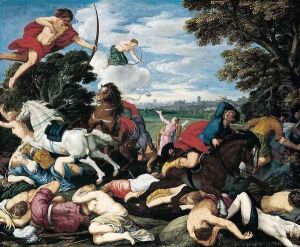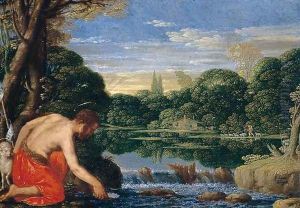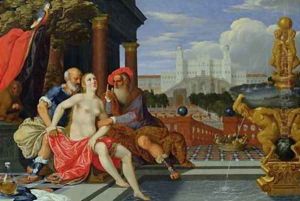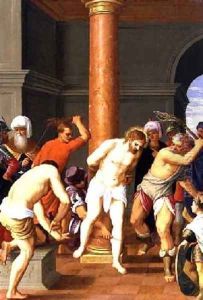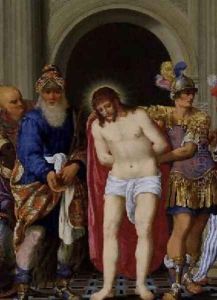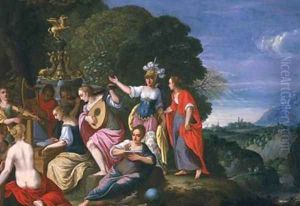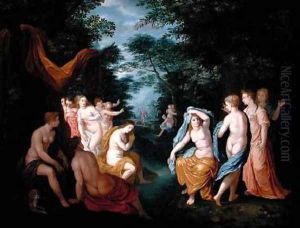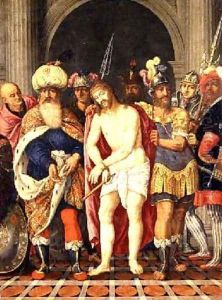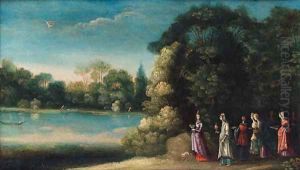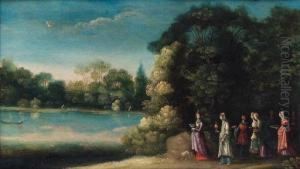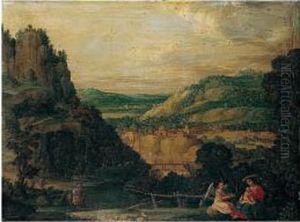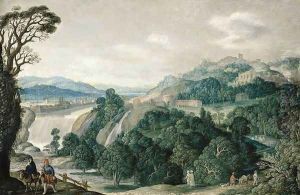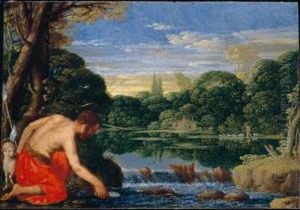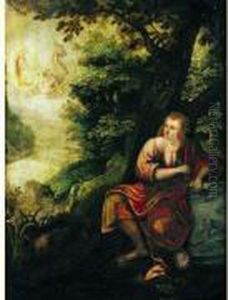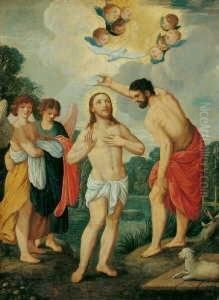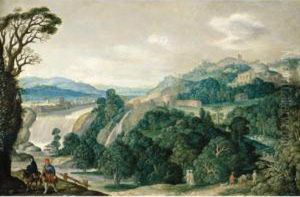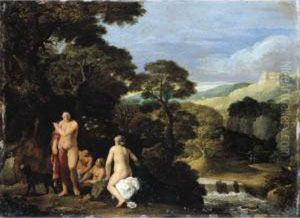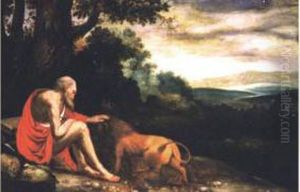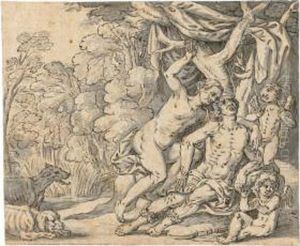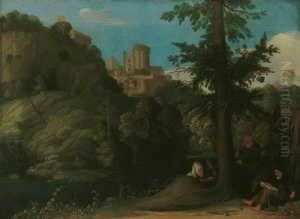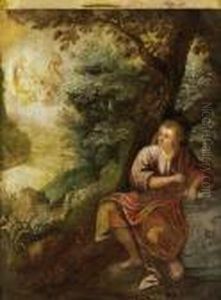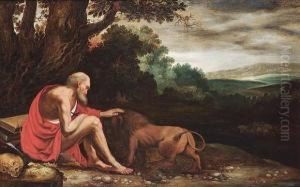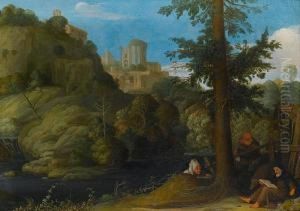Johann Konig Paintings
Johann König, sometimes spelled as Konig, was a significant German painter and draughtsman of the early Baroque period. Born in 1586 in Nuremberg, Bavaria, König showed an early aptitude for art which was nurtured under the guidance of his father, who was a goldsmith. His initial training was in his hometown, and he later traveled to Italy, which was customary for many artists of that time seeking to refine their craft and draw inspiration from the Renaissance masters.
His time in Italy, particularly in Rome, had a profound impact on his style, incorporating the dramatic use of light and shadow that was characteristic of the Baroque movement. König's work often featured religious subjects, which was a popular genre of the era, and he became known for his ability to convey the intensity and emotion of biblical stories through his paintings.
Upon returning to Germany, Johann König worked in several cities, including Augsburg and Ulm. His reputation grew as he gained commissions from churches and from the nobility. He was adept at both large-scale altarpieces and smaller, more intimate devotional paintings. König's artistry was marked by a harmonious blend of detailed realism and a softer, more graceful approach that was less severe than some of his contemporaries.
Unfortunately, not much is known about his personal life, and many of his works have been lost or are located in private collections, making a comprehensive study of his oeuvre challenging. König died in 1642 in Augsburg, having contributed a small but respected body of work to the Baroque period. His legacy is reflected in the works of later artists who were influenced by his approach to composition and his handling of light.
